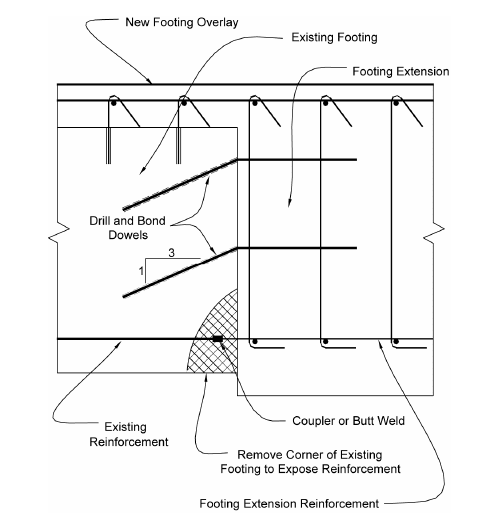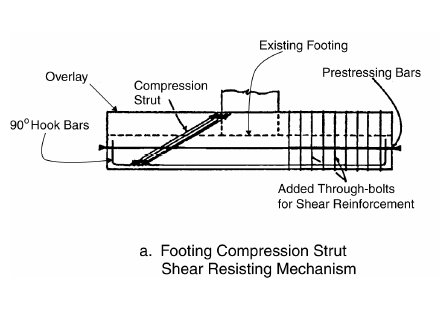Blackstar123
Civil/Environmental
Due to increase in load on existing structure, I need to increase the size of the foundation (combined footing) and the concrete pedestal through concrete jacketing.
I am looking for ACI code provisions for design of shear keys such as diameter of holes, depth, spacing, shape of bar etc.
Any additional information or guidance on this topic will be greatly appreciated.
Euphoria is when you learn something new.
I am looking for ACI code provisions for design of shear keys such as diameter of holes, depth, spacing, shape of bar etc.
Any additional information or guidance on this topic will be greatly appreciated.
Euphoria is when you learn something new.


